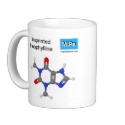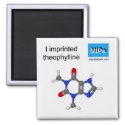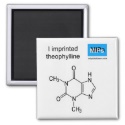|
|
Reference type: Journal
Authors: Yang DH, Ju MJ, Maeda A, Hayashi K, Toko K, Lee SW, Kunitake T
Article Title: Design of highly efficient receptor sites by combination of cyclodextrin units and molecular cavity in TiO2 ultrathin layer.
Publication date: 2006
Journal: Biosensors and Bioelectronics
Volume: 22
Issue: (3)
Page numbers: 388-392.
DOI: 10.1016/j.bios.2006.06.013
Alternative URL: http://www.sciencedirect.com/science/article/B6TFC-4KRY8RV-1/2/8536542fa920b33bac2bef6b2992f5c3
Abstract: A highly effective approach was developed for sensitive detection of organic substances in water. In order to achieve high sensitivity and selective detection for aromatic compounds, cyclodextrin (CD) hosts and imprinting effects were combined to fabricate binding sites within TiO2 ultrathin layer. The electrode surface was modified with ultrathin TiO2 gel film containing a 2:1 complex of β-CD and bisphenol A (BPA), and then the BPA moiety was removed by washing. The resulting BPA-imprinted TiO2/β-CD film showed specific and sensitive detection of BPA, as confirmed by quartz crystal microbalance (QCM) and cyclic surface-polarization impedance (cSPI) measurements. The high selectivity for BPA relative to structurally related guest molecules was estimated to be 1.6-3.4 at the guest concentration of 2 x 10-7 M, and was considered to arise from the synergic effect of the binding site
Template and target information: bisphenol A, BPA
Author keywords: Cyclodextrins (CDs), molecular imprinting, TiO2 ultrathin layer, Cyclic surface-polarization impedance (cSPI)
|


 theophylline template mug ball and stick
theophylline template mug ball and stick







 I imprinted theophylline magnet ball and stick
I imprinted theophylline magnet ball and stick







 I imprinted theophylline magnet
I imprinted theophylline magnet






